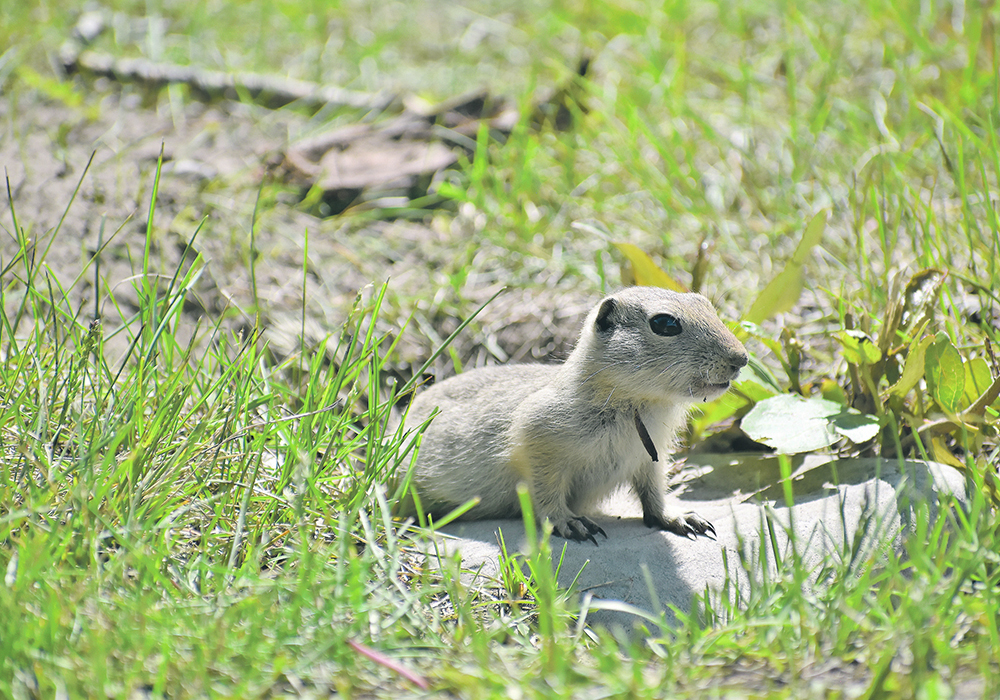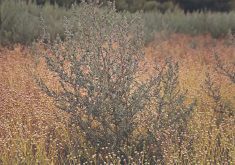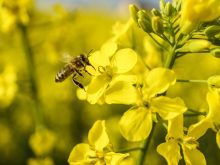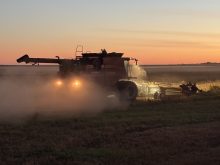Producers are dealing with a long list of production and management issues. While many have recurring themes, some have a unique twist.
I would never have guessed that gophers could be such a big problem over such a widespread area of the southern Prairies. Unlike the control of grasshoppers and flea beetles, gophers can’t be addressed with a sprayer. Instead, a great deal of effort can be expended dropping bait down holes and setting up bait stations.
Unfortunately, by the time crops emerge, controlling gophers seems like a losing battle. Experts advise poisoning early in spring when they don’t have many other food sources and before the young ones are born.
Read Also

Farmer ownership cannot be seen as a guarantee for success
It’s a powerful movement when people band together to form co-ops and credit unions, but member ownership is no guarantee of success.
However, when you see them cleaning off large areas of crop, there isn’t much choice but trying poison.
In my experience, crop choice can be a useful tool to limit gopher damage while you work to get populations under control. Gophers will eat almost anything that’s green, but they don’t particularly like flax or mustard and will inflict less damage on those crops.
People unfamiliar with the problem may wonder why you don’t just shoot them. While that may feel more satisfying than poisoning, it’s difficult to make much of a dent in a large population, no matter how many boxes of shells you go through.
The aforementioned grasshoppers and flea beetles are also seeing hot spots. Large hatches of hoppers have quickly cleaned off field edges in some areas.
Sometimes spraying the edges is enough to stop the spread. In other cases, insecticide is being applied over the entire field along with herbicide. The same is true for flea beetles in canola and mustard crops.
While the flea beetle problem will eventually be resolved, hoppers could be a continuing problem. Even low levels in flowering and podding lentil crops can cause significant losses.
In a year when most areas had ample spring moisture, you’d think crop emergence would be uniformly good. While that’s generally the case, problem areas are evident.
Field headlands are often a bit sparse due to compaction of wet soil. Soil crusting after heavy rains has also been a problem in some instances.
And every year, operator errors and seeder malfunctions show up. Sometimes these can be addressed with reseeding. Other times, you just have to live with it.
Weed control is an issue every year, but it never seems to get easier. Windy days and wet weather have hampered timely spraying efforts.
Despite the struggles, crop potential is very good in most areas, which has producers wondering what to do with hail insurance. It feels like a year when hail might be more frequent than normal.
It’s likely to be a big year for hail insurance liability. Some companies sell out in certain townships, so acting early can secure the best premiums.
Speaking of early, buying urea fertilizer for next year will soon become a consideration. Last year, the lowest urea prices were in July. If you bought urea at seeding time, it was probably $800 or $850 a tonne. The price for delivery this summer appears to be $150 or $200 cheaper.
Will that be the bottom of the market or will it go even lower? Is the price low enough to warrant buying so early?
More work than hours in the day. More questions than answers.
Kevin Hursh is an agricultural journalist, consultant and farmer. He can be reached by e-mail at kevin@hursh.ca.
















